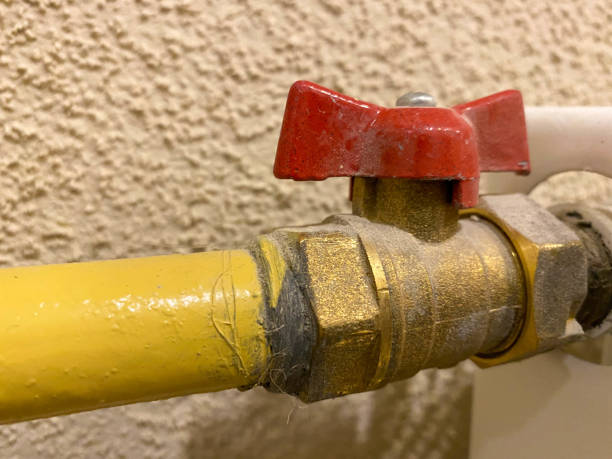In the intricate plumbing symphony of our homes, the toilet often takes center stage, but there’s another essential performer lurking behind the scenes: the toilet shut-off valve. In this blog, we’ll shed light on this unassuming yet crucial component of your bathroom, exploring its importance, how it works, and why every homeowner should understand its role.
Understanding the Toilet Shut-Off ValveThe toilet shut-off valve, also known as the toilet supply valve or simply the shut-off valve, is a small but mighty fixture in your bathroom. It’s typically located on the water supply line that connects to the bottom of your toilet tank. Its primary purpose is to control the flow of water to your toilet.Why Is It Important?
Emergency Control: The toilet shut-off valve serves as your first line of defense in case of a plumbing emergency. If your toilet starts leaking, overflowing, or running uncontrollably, shutting off this valve can prevent water damage and give you time to address the issue.Maintenance and Repairs: Whenever you need to perform maintenance, repairs, or replace parts of your toilet, the shut-off valve allows you to turn off the water supply to just the toilet, sparing you the hassle of shutting off the water to the entire house.Water Conservation: It can also help you conserve water. If your toilet is running continuously due to a faulty fill valve or flapper, turning off the valve stops water wastage until you can fix the problem.
Locating the Valve: Look behind or beside your toilet near the floor for a small knob or lever on the water supply line. Sometimes, it may be recessed into the wall.Shutting Off the Water: To turn off the water supply to the toilet, simply turn the knob or lever clockwise (righty-tighty). This action stops the flow of water to the toilet tank. To restore water flow, turn it counterclockwise (lefty-loosey).Testing and Maintenance: Periodically, test the shut-off valve to ensure it operates smoothly. Over time, valves can become stiff or corroded, making them difficult to turn. If you encounter any issues, consider having a plumber inspect or replace the valve.
Label the Valve: If your shut-off valve isn’t clearly labeled, consider tagging it or painting it a distinctive color to make it easily identifiable in case of an emergency.Regular Inspection: Check the valve for any signs of leaks, corrosion, or mineral deposits. If you notice any problems, have a plumber replace it promptly.Educate Your Household: Ensure that all family members are aware of the valve’s location and how to operate it. This knowledge can be invaluable during plumbing emergencies.
